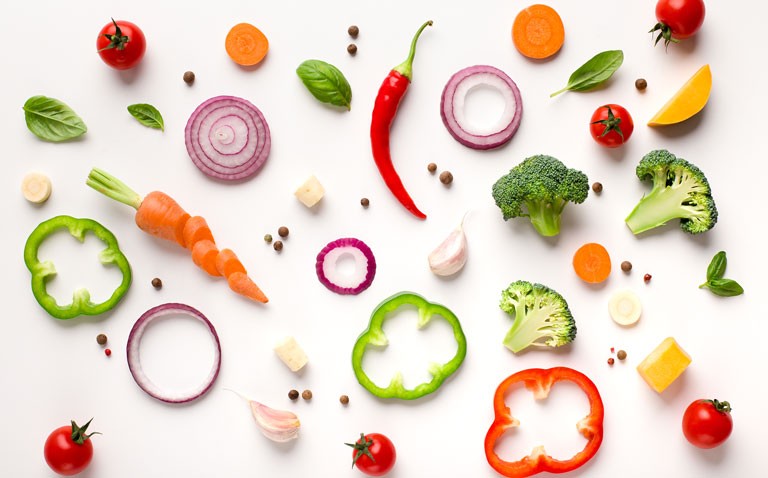A higher intake of raw but not cooked vegetables appears to be associated with a lower incidence of cardiovascular disease
A higher intake of raw rather than cooked vegetables appears to be linked with a lower incidence of cardiovascular disease (CVD) although this difference might be due to residual confounding. This was the conclusion of a study of patients in the UK Biobank by researchers from the Nuffield Department of Population Health, University of Oxford, Oxford, UK.
The potential health benefits associated with an increased intake of fruit and vegetables has been widely reported for many years. In a 2019 systematic review of studies, the authors noted that the strongest (probable) evidence for increased vegetable intake was for cardiovascular disease protection although there was possible evidence for a reduced risk of colon cancer, depression and pancreatic diseases for fruit intake.
These findings were echoed in a 2020 review which reported that current evidence suggests that fruit and vegetable have the strongest effects in relation to prevention of CVDs. Moreover, another study has found that in 2017, 11 million deaths were attributable to dietary risk factors, including 2 million due to a low intake of fruits. In relation to vegetables, there is little data on the relative benefits of eating either raw (e.g., in salads) or cooked vegetables.
For the present study, the Oxford team used the UK Biobank database to examine the effect of vegetable intake and specifically, the independent effect of raw and cooked vegetables. Within the database, information was collected on the total daily intake of both both uncooked and cooked vegetables.
Participants were asked ‘on average how many heaped tablespoons of salad or raw vegetables would you eat per day‘? and the same question but asking specifically about cooked vegetables. The quantities were then categorised as 0, 1 – 2, 3 – 4, and > 5 for raw/cooked vegetables and 0 – 1, 2 – 3, 4 – 7 and > 8 for total vegetable intake. The researcher also collected demographic, co-morbidity and lifestyle factors such as smoking status, amounts of physical exercise etc which were adjusted for in regression models.
The primary outcomes were CVD incidence and mortality with secondary outcomes of myocardial infarction, incident stroke and all-cause mortality.
Higher intake of vegetables and CVD risk
A total of 399,586 participants with a mean age of 56.1 years (55.4% female) were included in the analysis and during a median follow-up of 12.1 years, there were 18,052 cases of CVD.
Compared to those consuming the lowest total vegetable intake, participating consuming the highest intake had a 10% lower incidence of CVD (hazard ratio, HR = 0.90, 95% CI 0.83 – 0.97). When separating raw and cooked vegetables, the results were also significant, e.g., for raw vegetables the HR was 0.79 and 0.77 for cooked vegetables.
However, when the models were adjusted for covariates, much of the benefits from raw vegetable intake on CVD incidence were attenuated (HR changing from 0.79 to 0.89) although the result remained significant. In contrast, the association with cooked vegetables was completely attenuated (HR = 1.0, 95% CI 0.91 – 1.09).
Based on these findings, the authors concluded that a higher intake of raw but not cooked vegetables was associated with a lower risk of CVD. Nevertheless, they added a caveat that residual confounding was a likely explanation for much, if not all of the observed associations. In other words, it was possible that there were other, unaccounted for variables, not adjusted for in their models, which might have been important.
As such, this means that the results of the study can only demonstrate an association, rather than a causal relationship between intake of raw and cooked vegetables and the risk of incident CVD.
Citation
Feng Q et al. Raw and Cooked Vegetable Consumption and Risk of Cardiovascular Disease: a Study of 400,000 Adults in UK Biobank Front Nutr 2022










